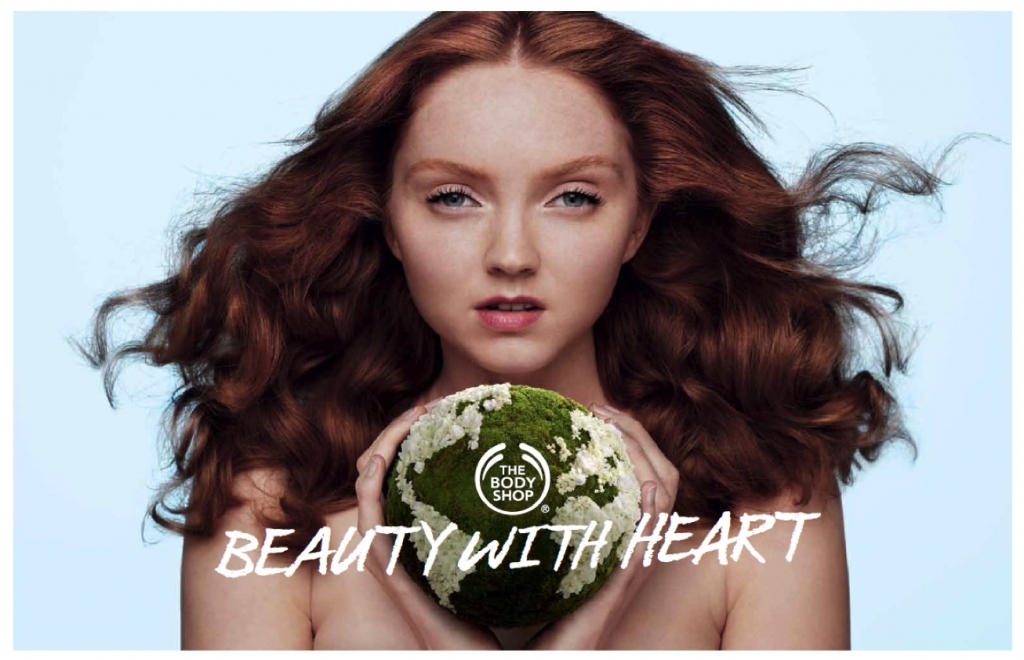
In light of our classes about corporate social responsibility, The Body Shop immediately comes to mind. The founder and one of the richest women in England with a net worth of more than $200 million, Anita Roddick, is clearly an entrepreneur mindful of both the market demand—cosmetics—and the message her cosmetic products embody to appeal to consumer behaviour—concern for the environment. Combining these two aspects together create a differentiated business venture with many strengths and opportunities to capitalize on.
However, while browsing The Body Shop’s website, the line between its role as traditional and social enterprise does appear to be at times blurred. As the homepage quotes Roddick’s personal statement on the purpose of enterprises, “The business of business should not just be about money, it should be about responsibility. It should be about public good, not private greed.” From this, it seems that she places a much greater emphasize on generating societal change as opposed to maximizing private. If this was The Body Shop’s official mission statement, such a business may be classified as a social enterprise rather than a socially responsible corporation. But the question remains: To what extent is the line defined between a socially responsible enterprise and a social enterprise?
Image via: http://rougebeauty.co.za/brand-body-shop/

